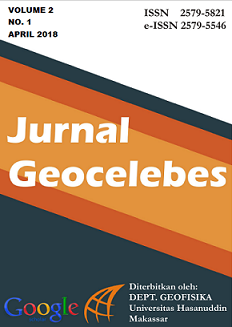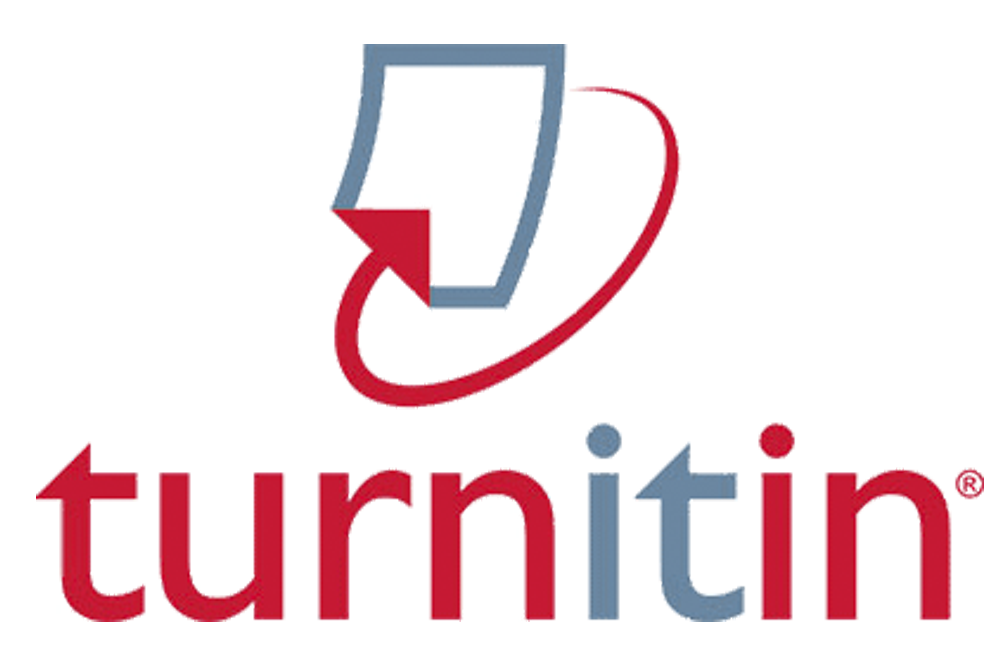PREDIKSI TOTAL ORGANIC CARBON (TOC) MENGGUNAKAN REGRESI MULTILINEAR DENGAN PENDEKATAN DATA WELL LOG
DOI:
https://doi.org/10.20956/geocelebes.v2i1.3568Abstract
Penelitian ini bertujuan untuk menentukan potensi batuan induk di Formasi Talangakar dengan melihat parameter total organik carbon (TOC). TOC dimodelkan dengan melakukan crossplot antara TOC measured dengan log gamma ray, log densitas, log neutron-porosity, log resistivity, dan log P wave (multi linier regresi). Formasi Talangakar yang menjadi target pada studi ini terletak pada kedalaman 2280 m-2885 m, memiliki material organik yang kaya dengan TOC berkisar antara 1.09 %-1.29 %. Pemodelan TOC didapatkan regresi sebesar 0.1432 terhadap parameter log (log gamma ray, log density, log Neutron-Porosity, log Sonik, dan log Resistivity).References
Armstrong, J. 1992. A Petroleum Geochemistry-Based Overview of the Asamera’s Concessions and Surrounding Areas in the South Sumatra Basin of Indonesia. A report prepared for Asamera (South Sumatra) Ltd.
Bowman T. 2010. Direct method for Determining Organic Shale Potential From Porosity and Resistivity Logs to Identify Possible Resource Plays. AAPG Annual Convention & Exhibition, New Orleans.
Fertl, W. H., Chilingar, G. V. 1988. Total organic carbon content determined from well logs: SPE Formation Evaluation, 15612, 3(2), 407–419.
Peters, K.E., dan Cassa, M.R. 1994. Applied source rock geochemistry. In: The Petroleum system-from source to trap (L.B. Magoon and W.G Dow, eds.) American Association of Petroleum Geologist Memoir, submitted.Downloads
Published
How to Cite
Issue
Section
License
Authors who publish with this journal agree to the following terms:
- Authors retain copyright and grant the journal right of first publication with the work simultaneously licensed under a Creative Commons Attribution License that allows others to share the work with an acknowledgement of the work's authorship and initial publication in this journal.
- Authors are able to enter into separate, additional contractual arrangements for the non-exclusive distribution of the journal's published version of the work (e.g., post it to an institutional repository or publish it in a book), with an acknowledgement of its initial publication in this journal.
- Authors are permitted and encouraged to post their work online (e.g., in institutional repositories or on their website) prior to and during the submission process, as it can lead to productive exchanges, as well as earlier and greater citation of published work (See The Effect of Open Access).





